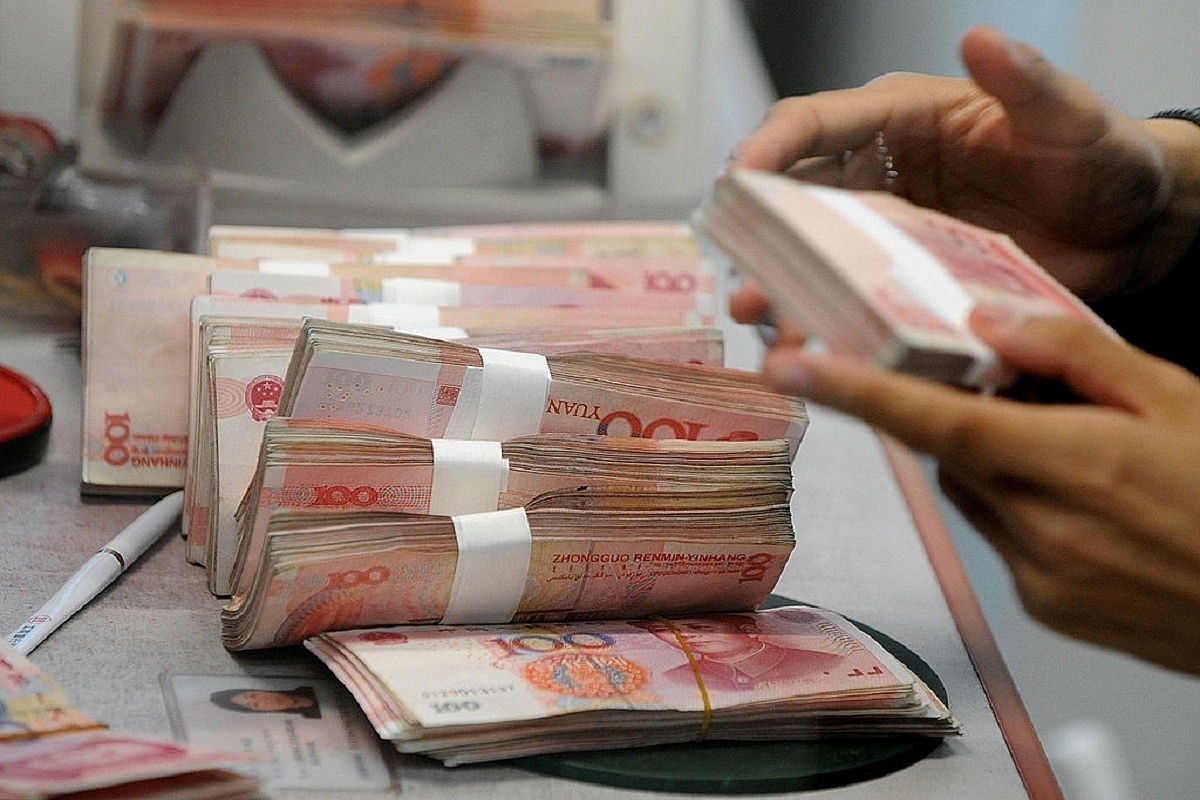World
Chinese Local Governments' Debt Soar To Alarming Levels, Exceed $8.25 Trillion
- Reducing these liabilities is seen as crucial to preventing wider financial turmoil, but addressing the issue necessitates a shift in the prevailing development model that has fueled local-level growth.

According to China's Finance Ministry, local governments held 35 trillion yuan of on-the-books debt at the end of 2022.
Chinese local governments have seen a significant increase in off-the-books debt between 2019 and 2022, largely due to dwindling revenue and extensive borrowing to finance infrastructure projects aimed at supporting the economy.
A recent report from the Rhodium Group reveals that debt held by local government financing vehicles (LGFVs) reached 59 trillion yuan ($8.25 trillion) by the end of last year.
LGFVs act as alternative funding channels for financially strained local authorities, as the government limits their ability to raise capital through means other than bonds.
These vehicles are generally considered to have implicit guarantees from local governments, effectively contributing to hidden debt.
In addition to financing public works projects, these investment companies have also been utilised to acquire state-owned land as demand for real estate weakens. While this boosts revenue, it simultaneously adds to the burden of hidden debt.
Reducing these liabilities is seen as crucial to preventing wider financial turmoil, but addressing the issue necessitates a shift in the prevailing development model that has fueled local-level growth. Consequently, this could further strain China's economy.
According to China's Finance Ministry, local governments held 35 trillion yuan of on-the-books debt at the end of 2022, including regular bonds and special-purpose bonds used to fund infrastructure projects. When factoring in debt from LGFVs, the total debt amounts to nearly 100 trillion yuan, or approximately 80 per cent of China's nominal gross domestic product.
The mounting debt has increased the interest burden on local governments.
As reported in Asia Nikkei, Rhodium Group calculated the ratio of interest payments on hidden and on-the-books debt to revenue from official sources and LGFVs for individual cities.
When this ratio exceeds 10 per cent, it indicates that servicing the debt becomes challenging. Last year, around half of the 205 cities with available financial data breached this warning threshold, up from one-third in 2021. Notably, Lanzhou and Guilin reported interest-to-fiscal-capacity ratios of over 100 per cent.
The rise in breached thresholds partly results from local authorities accumulating more debt, compounded by plummeting tax revenue due to major tax cuts implemented in response to economic stagnation caused by the central government's zero-COVID policy.
Although tax receipts have rebounded this year following the end of zero-COVID measures in January, revenue from another critical source — land sales — continues to decline amidst a sluggish real estate market.
In 2020, income from auctioning usage rights for state-owned land to developers surpassed tax revenue for the first time and reached a record high in 2021, but it declined significantly last year.
For the first four months of this year, this revenue has dropped by 45 per cent compared to the same period in 2021.
In its pursuit of "common prosperity" and addressing inequality, the central government has implemented stringent measures to curb soaring housing prices, resulting in an undermining of the growth model heavily reliant on real estate development. As a consequence, local governments have resorted to increased borrowing to support their economies.
While tax revenue recovery has not compensated for the decline in land sales, budget deficits are widening. General budget income for the first four months of this year contracted by 545 billion yuan, approximately 8 per cent compared to the same period two years earlier, while spending grew by 1.38 trillion yuan, around 15 per cent.
Certain local authorities are openly seeking assistance to address their challenges. Guiyang, a city in the southwest, which had an interest-to-capacity ratio of 41 per cent last year according to Rhodium, stated in May that it has exhausted its available measures.
Support Swarajya's 50 Ground Reports Project & Sponsor A Story
Every general election Swarajya does a 50 ground reports project.
Aimed only at serious readers and those who appreciate the nuances of political undercurrents, the project provides a sense of India's electoral landscape. As you know, these reports are produced after considerable investment of travel, time and effort on the ground.
This time too we've kicked off the project in style and have covered over 30 constituencies already. If you're someone who appreciates such work and have enjoyed our coverage please consider sponsoring a ground report for just Rs 2999 to Rs 19,999 - it goes a long way in helping us produce more quality reportage.
You can also back this project by becoming a subscriber for as little as Rs 999 - so do click on this links and choose a plan that suits you and back us.
Click below to contribute.
Latest